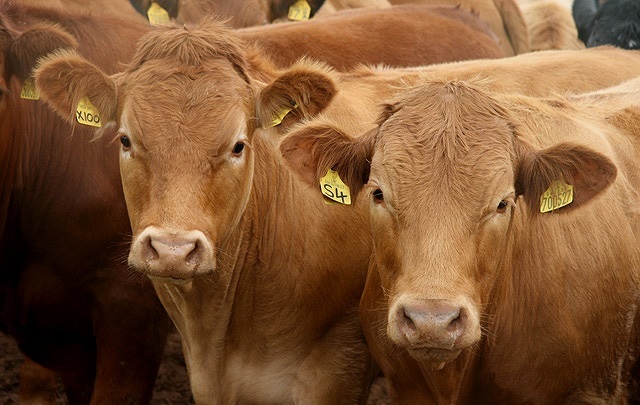
Treating cattle for liver fluke infection at or soon after housing is the best strategy to increase feed conversion rates and improve productivity over winter, according to Fiona MacGillivray, Veterinary Advisor for Merial Animal Health.
"In cattle the adult stages of the liver fluke parasite have the greatest effect on productivity, reducing feed intake by up to 15%1 even where infestations are low, so it’s vitally important that farmers move to treat their animals as close to housing time as possible," MacGillivray said.
“With fluke disease in growing cattle shown to reduce liveweight gain by up to 1.2kg/week2, the consequences of leaving herds untreated include increased feed requirements and longer finishing times. This all adds up to unnecessary extra cost for livestock farmers.”
In the past, some advice has centred on postponing treatment for several weeks after cattle have been housed, to allow immature fluke to mature into adults. However, recent research demonstrated that the majority (97%) of fluke in the livers of cattle at housing were already at the late immature/adult stage3.
“Delaying treatment can leave cattle exposed to the effects of the parasite for longer than necessary, thus leading to increased production costs” said MacGillivray.
The November Parasite Forecast from NADIS, warned that: “Overwintered fluke disease is forecast to be significant in all regions of the UK, except eastern England and the Midlands, with wetter areas presenting an unexpectedly high risk. Producers in Scotland and Northern Ireland are particularly at risk from fluke disease in their herds this autumn.”
“Based on this risk beef farmers should certainly consider treatment at housing.”
